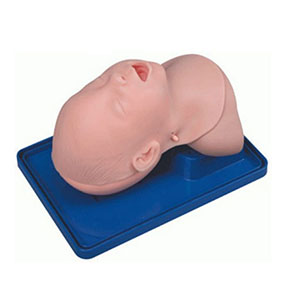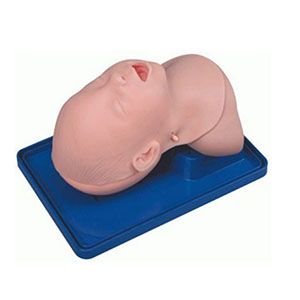Among the many areas of medical emergency, intubation of infants is undoubtedly a vital and challenging skill. It requires the operator to have a high degree of professionalism, precise techniques and calm judgment to ensure that in an emergency, the infant can quickly and accurately establish an open airway and ensure its life safety. The infant tracheal intubation training model is designed to help medical staff and first aid personnel master this key skill.
Are you ready to face such a life-saving skill challenge? Perhaps you have a preliminary understanding of tracheal intubation in theoretical learning, but the actual operation is far more complicated and difficult than imagined. A baby's airway is narrow and fragile, and every attempt to intubate requires extreme precision and patience. The slightest mistake can cause irreversible damage to the baby.

Therefore, the emergence of infant tracheal intubation training model undoubtedly provides an excellent learning and practice platform for medical personnel. These models simulate the real airway structure and intubation environment of infants through highly simulated design, so that learners can continuously hone their skills in simulated actual combat scenarios and improve the accuracy and proficiency of operation.
During training, learners can make repeated intubation attempts without fear of harm to a real baby. At the same time, the model is also equipped with a real-time feedback mechanism, which can immediately point out the errors and shortcomings in the operation, and help the learners to correct and optimize the technique in time. This kind of immediate feedback and constant practice can undoubtedly greatly improve the level of intubation skills of learners.
In short, the infant tracheal intubation training model is an important tool for medical staff to improve first aid skills and ensure the life safety of infants. In the face of this challenge, we need to maintain a high degree of vigilance and preparation, through continuous learning and practice to upgrade their skill level. Only in this way can we quickly and accurately provide effective treatment measures for babies in emergency situations and protect their lives.

